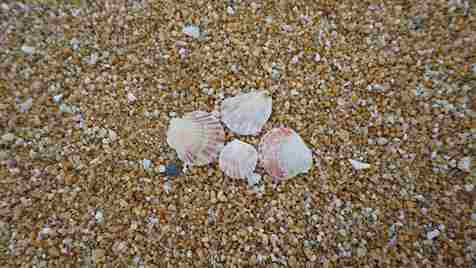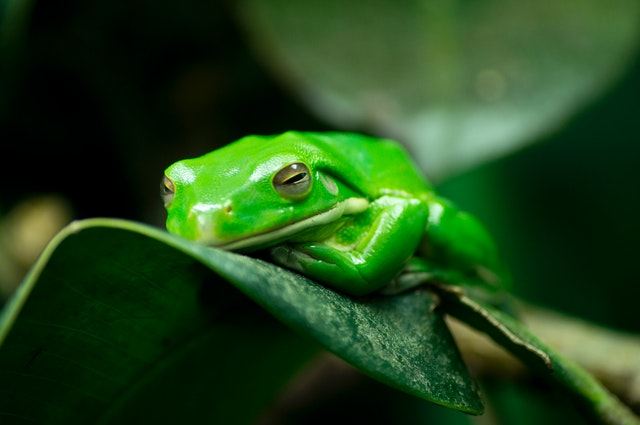Do Snails Breathe Underwater? (Explained)
Snails are one of the oldest animal species with an ancestral history that date back as far as 500 million years. It is believed that they once existed only as sea creatures but today you will find them also living in freshwater and on land. With the different habitats, it’s expected that their breathing mechanisms will not be exactly the same. For marine snails, it’s common to wonder if they breathe at all.
So, do snails breathe underwater?
Yes, most aquatic snails breathe underwater. Depending on the species, the snail can breathe using gills or a lung. Most seawater snails have gills through which they absorb oxygen from water while some freshwater snails have only a lung through which they breathe air from above the surface of the water.

Do Snails Breathe?
Yes, snails need to breathe oxygen to survive just like most living organisms. However, their breathing system is not exactly the same. This is mostly true for land (terrestrial) snails and aquatic snails.
In general, terrestrial snails have a breathing system that looks very simple and primitive. It mainly consists of a cavity found between the snail’s shell and the body. The cavity acts like a lung and has a small opening through which the snail assimilates oxygen from the air and releases carbon dioxide.
Aquatic snails also have a cavity but the majority of them respire through their gill(s) and absorb oxygen from the water. However, some pond snails have a similar breathing system as land snails. These species usually come up to the water surface to get oxygen which is stored in their cavity and used when they’re underwater.
How Do Snails Breathe Underwater?
Most aquatic snails have gills that enable them breathe oxygen from water. These gills have a comb structure and are called ctenidium. They are located on the pallial cavity and have feathery protrusions through which gas exchange occurs. This includes absorbing oxygen from the water and releasing carbon dioxide at the same time.
Some snails (older species) have two gills or ctenidium but most existing today have only one. It is also common to find aquatic snails with reduced gills. These snails typically have a lung a well which they use to breathe air from above the surface of the water. To do this, they will often use something like an inhalant or siphon to trap air bubble and use it to breathe underwater.
Generally, aquatic snails that have a lung cannot survive outside water for too long.
How Long Can Snails Breathe Underwater?
Marine snails that have only gills can breathe underwater for as long as they want. These include sea snails and some freshwater snails. Since these species have only gills, they cannot breathe air, and hence must remain in the water.
Having said that, some land snails can also stay underwater without breathing for a couple of hours. There’s no specific time but many reports suggest that this can last for 24 hours.
Generally, the exact time a snail can last underwater will depend on the type and its breathing system. But for marine snails with gills, all of them are able to breathe and survive underwater for as long as needed.
Do All Snails Live In Water?
No, not all snails live in water. Different snails live in different habitats such as seawater, freshwater, and land.
Snails that live in seawater and freshwater are generally referred to as marine snails. These snails are the most biodiverse group and have the largest number. Freshwater snails can be found in rivers, lakes, and ponds, while marine snails or sea snails can be found in ocean depths and coral reefs.
Land snails, on the other hand, live on land. Although more popular, they make up a small group.
It is worth noting that even though land snails live on land, they still need water to thrive. In fact, many of them live moist environments where they have access to a lot of humidity and water.
A good example is the garden snail which likes to stay close to or in shallow water where it has access to water for drinking. But the water must not be too deep or else it won’t be able to get out and might drown. Some terrestrial snails will also hide at the bases of plants or under leaf litter to escape the scorching sun.





